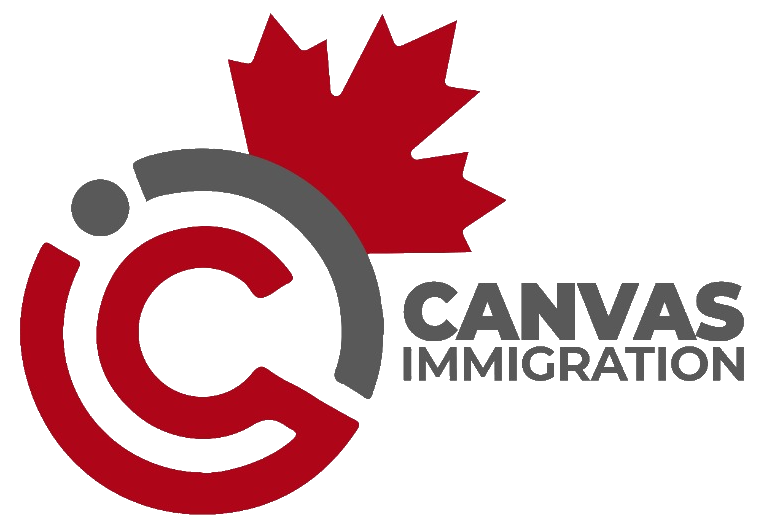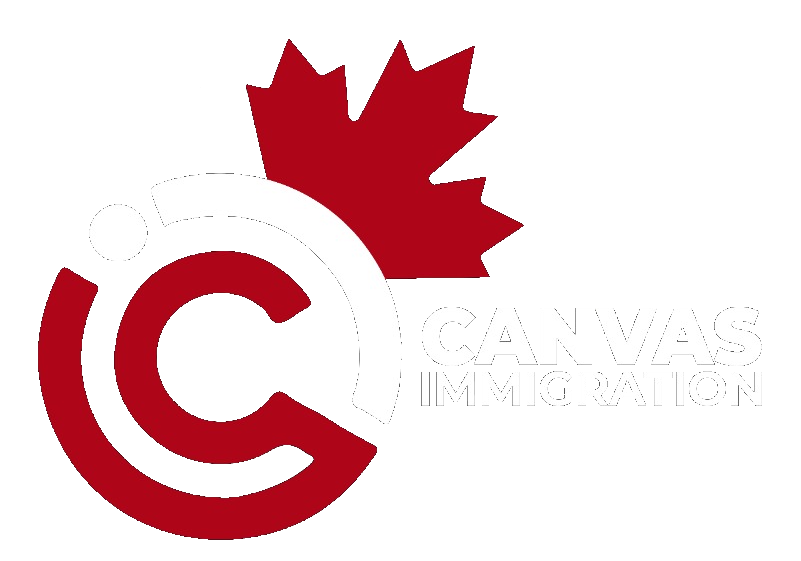Last Updated On 29 November 2024, 9:08 AM EST (Toronto Time)
Canada has long been regarded as a beacon of opportunity, attracting immigrants from around the globe with promises of stability, prosperity, and quality of life.
Yet, a startling trend has emerged in recent years: a growing number of skilled immigrants, including permanent residents, are leaving the country.
Most of those who leave are highly educated and experienced immigrants who enter via economic immigration pathways.
This phenomenon, often referred to as “onward migration,” poses a significant challenge to Canadian economy and its global reputation as a welcoming nation.
As Canada scales back its immigration targets to address public concerns about housing and affordability, the departure of skilled immigrants could exacerbate existing workforce shortages and hinder long-term growth.
Here’s a closer look at what’s happening, why it matters, and how Canada can respond.
Table of Contents
Between 2023 and 2024, Canada experienced its largest population surge in history, growing by over one million people in just a year.
This rapid influx of newcomers was driven by high immigration levels, international students, and temporary foreign workers.
However, the federal government has since revised its immigration policies, citing concerns about strained social services and infrastructure.
For the first time in decades, Canada has reduced its permanent immigration targets.
Initially set at 500,000 for 2024, the new target has been slashed to 395,000 by 2025—a 20% reduction.
This shift marks a dramatic departure from years of steadily increasing immigration levels, driven by economic and demographic needs.
While the government has focused on reducing future immigration levels, it has paid little attention to a more pressing issue: the retention of immigrants who are already here.
Statistics show that many newcomers, particularly those in the skilled economic class, are leaving Canada within a few years of arrival.
Contrary to popular belief, the immigrants departing Canada are not those struggling to integrate or find work.
Instead, they are highly educated, multilingual professionals who were specifically selected for their ability to meet Canada’s labor market needs.
These individuals often leave for one of two reasons: better opportunities abroad or dissatisfaction with their Canadian experience.
1. Housing Affordability and Cost of Living
One of the most frequently cited reasons for onward migration is Canada’s housing crisis.
The skyrocketing cost of living, especially in major urban centers like Toronto and Vancouver, has left many immigrants unable to afford homes or build the lives they envisioned.
For skilled workers with global options, the decision to relocate to a more affordable country is an obvious choice.
Some realize that there is no point in earning more than their home country but spending even way too much on basic needs and having no savings.
2. Underemployment and Career Barriers
Many immigrants come to Canada with advanced degrees and professional experience, only to face barriers in accessing jobs that match their qualifications.
Regulatory red tape, credential recognition issues, and a lack of Canadian work experience often force skilled newcomers into low-paying or unrelated jobs.
This underutilization of talent is a major factor driving immigrants to seek opportunities elsewhere.
3. Healthcare and Social Services
Canada’s strained healthcare system has also come under scrutiny.
Long wait times and limited access to medical services are discouraging for both immigrants and Canadians alike.
For newcomers who left countries with more efficient healthcare systems, this can be a dealbreaker.
4. Better Opportunities Abroad
The global competition for talent is fiercer than ever, with countries like the United States, Australia, and Germany actively courting skilled workers.
These nations often offer higher salaries, faster immigration pathways, and better support systems for newcomers, making them attractive alternatives to Canada.
The loss of skilled immigrants is more than a demographic concern; it’s an economic crisis in the making.
Immigrants contribute significantly to Canada’s economy, filling labor shortages in critical sectors like healthcare, construction, and technology.
They also play a vital role in driving innovation and entrepreneurship.
When skilled immigrants leave, Canada loses not only the talent it worked hard to attract but also the economic benefits they bring.
For example:
- Healthcare: Immigrants make up a disproportionately large share of Canada’s healthcare workforce.
- Their departure could worsen the already critical shortages of doctors, nurses, and other medical professionals.
- Construction and Trades: With an aging population and booming infrastructure needs, Canada relies heavily on immigrant workers in construction and skilled trades.
- Onward migration in these fields could delay projects and drive up costs.
- Education and Early Childhood Care: Many immigrants work in education and childcare, sectors already grappling with labor shortages.
- Their absence could further strain these essential services.
Canada has historically enjoyed broad public support for immigration, but recent surveys indicate growing skepticism.
Many Canadians now believe that immigration levels are still too high, citing concerns about housing shortages, healthcare access, and job competition.
This shift in public sentiment has undoubtedly influenced the federal government’s decision to lower immigration targets.
However, experts warn that these changes risk creating a “leaky bucket” scenario: even as fewer newcomers are admitted, the ones who do arrive may not stay.
If Canada is to address the challenges of onward migration, policymakers must prioritize retention as much as attraction.
Here are some strategies to consider:
1. Tackle Housing Affordability
The federal and provincial governments must collaborate to increase housing supply and improve affordability.
Policies that incentivize affordable housing development and address speculation could help ensure that immigrants can find suitable homes.
2. Streamline Credential Recognition
To maximize the potential of skilled immigrants, Canada needs to simplify the process for recognizing foreign credentials.
Accelerating this process would enable newcomers to enter their fields faster and reduce underemployment.
3. Invest in Social Services
Adequate funding for healthcare, education, and childcare is essential to meet the needs of a growing population.
By improving these services, Canada can enhance the quality of life for both immigrants and native-born Canadians.
4. Enhance Support Programs
Settlement programs should focus not just on helping immigrants integrate but also on retaining them long-term.
Mentorship initiatives, networking opportunities, and career support can make a significant difference.
5. Promote Regional Immigration
Encouraging newcomers to settle in smaller communities, where housing is more affordable and job opportunities abound, could alleviate pressure on major cities.
Programs like the Atlantic Immigration Program and Rural and Northern Immigration Pilot are steps in the right direction.
Canada stands at a crossroads. While reducing immigration targets may address short-term concerns about infrastructure and affordability, it does little to solve the underlying issues driving onward migration.
If skilled immigrants continue to leave, Canada risks losing its competitive edge in the global talent market.
Immigration has long been a cornerstone of Canada’s identity and economic strategy.
To maintain this legacy, the country must not only attract the best and brightest but also ensure they have every reason to stay.
In doing so, Canada can build a more inclusive, prosperous future for all.
Gagandeep Kaur Sekhon
Something went wrong. Please refresh the page and/or try again.
You may also like: Free Canada Settlement Services for new immigrants to get a job
New BC Living Wage Rates For All The 25 Regions
New Canada Income Tax Brackets For 2025
New $250 payment coming in Canada, GST relief effective Dec 14

